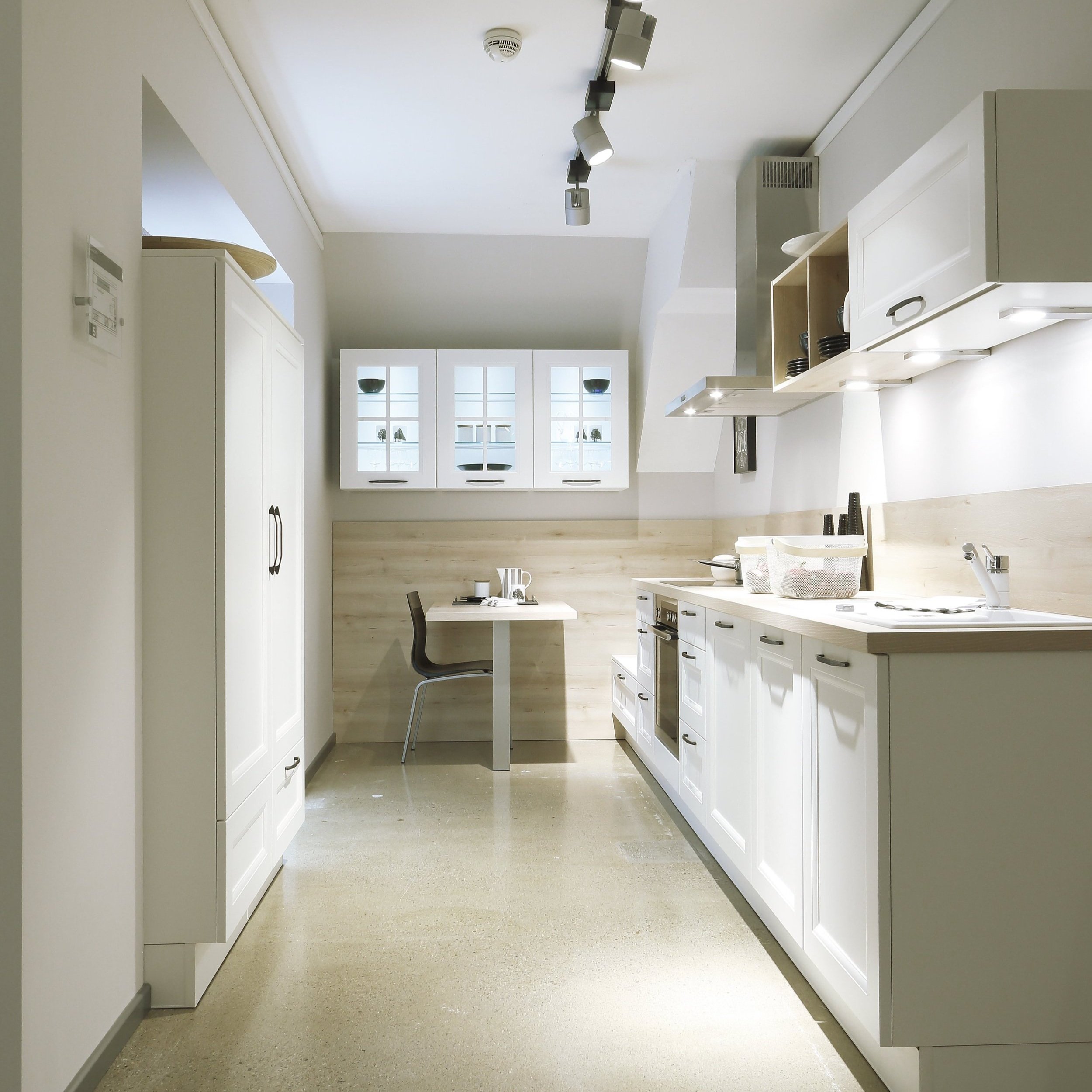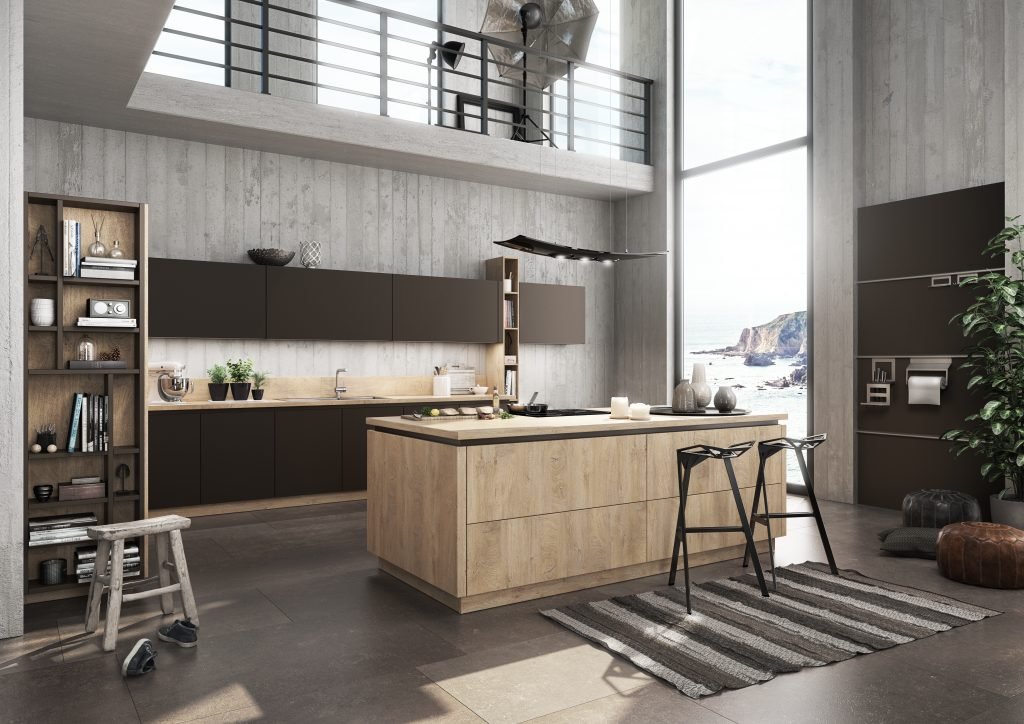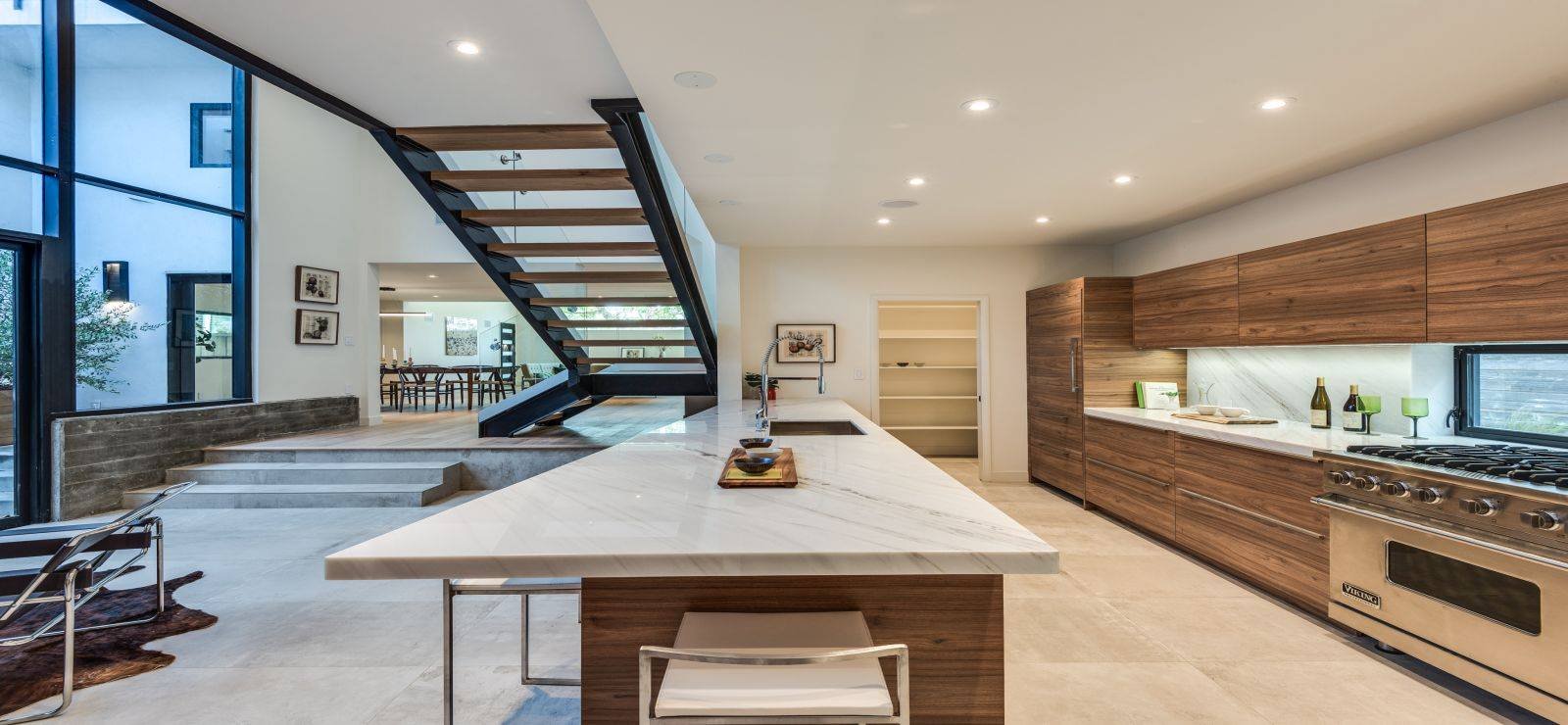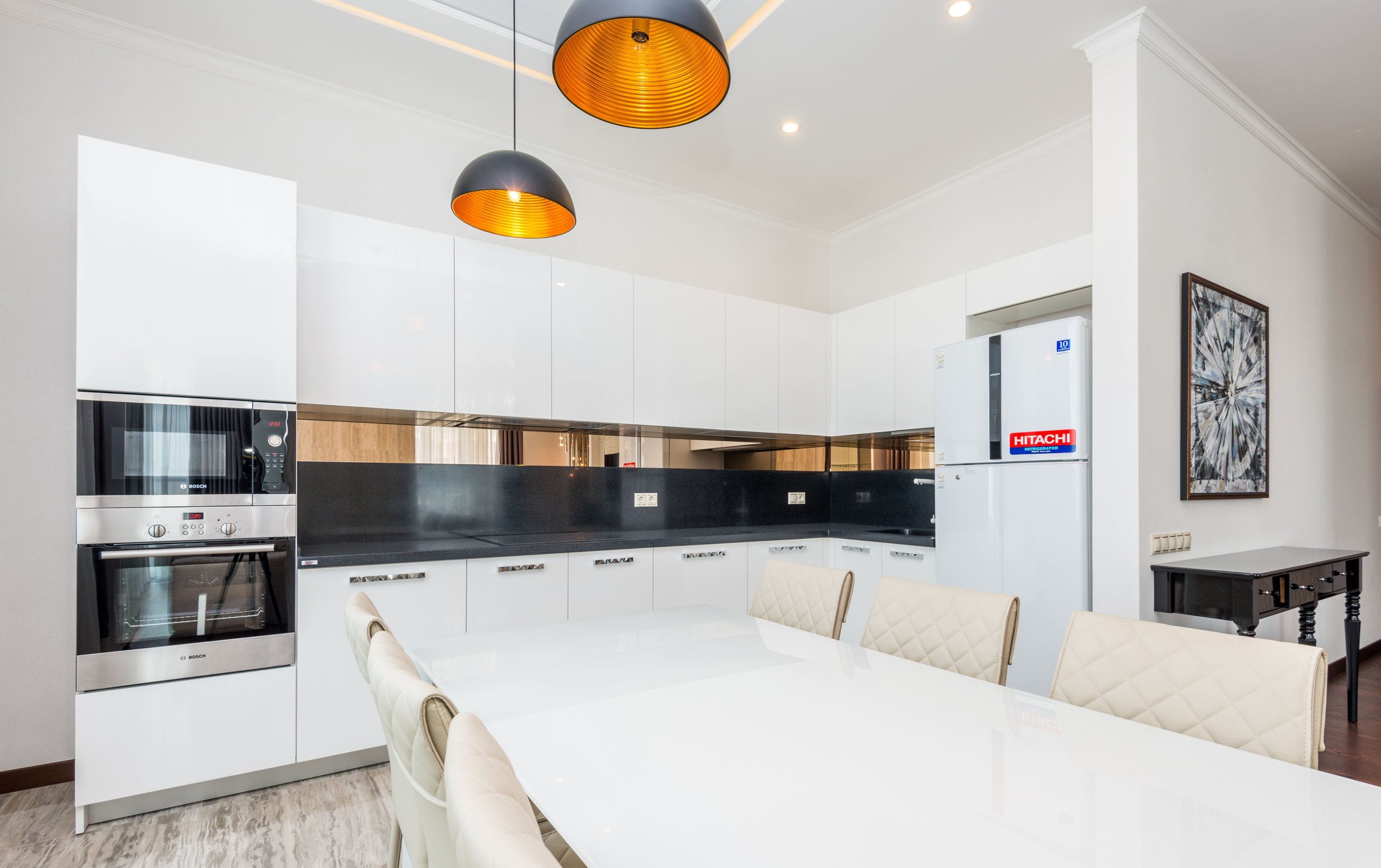How to Design a Kitchen
How to Design a Kitchen
If you're planning a kitchen remodel or designing a new home, the kitchen is one of the most important rooms to plan. The kitchen is the heart of the home, and it should be beautiful and functional. Here are some tips on designing a kitchen that will meet your needs and style.
First, think about how you use your kitchen. Do you entertain often? Do you have a large family? Do you need a lot of storage space?
Regarding kitchen design, there are a few things to keep in mind. First, you'll want to consider the room's layout and how you can best utilize the space. Then, you'll need to choose the right appliances and cabinetry that fit your style and budget. And lastly, don't forget the little details that can make a big difference in your kitchen's overall look and feel.
New Kitchen Design
A kitchen is a room or part of a room used for cooking and food preparation in a dwelling or in a commercial establishment. A modern residential kitchen typically has a stove or range cooktop, a sink with hot and cold running water, a refrigerator, and worktops and kitchen cabinets arranged according to a modular design. Many households have microwaves, dishwashers, and other electrical appliances.
When it comes to kitchen design, there are a few different ways that you can go about it. You can either do it using a kitchen planner or kitchen design software or hire a professional kitchen designer.
If you decide to do it yourself, there are a few things that you need to keep in mind. First, you must ensure that you have a clear idea of what your kitchen looks like. Once you have a general idea, you can look at different kitchen planners and design software programs to see which will work best for you.
Remember that many free programs may not be as user-friendly as some paid ones. If you're not sure which way to go, ask around for recommendations from friends or family members who have done their own kitchen renovations.
What makes a good kitchen?
Design
Ensuring the kitchen meets your needs is crucial for a remodel or new build. The design process begins with understanding how you use your kitchen and function within the space. This helps to create a floor plan that works for you. After that, an interior designer can help bring your vision to life by selecting materials, finishes, appliances, and more that reflect your style.
There are a few key things to keep in mind regarding kitchen design. First, you need to have a clear idea of your floor plan. This will help you determine the best layout for your space. Next, you'll want to go through the design process with an interior designer. They can help you select the right materials and finishes for your kitchen. Finally, don't forget to consider your budget when designing your kitchen. With these tips in mind, you'll be well on creating the perfect space for cooking and entertaining.
How to Plan a Kitchen: Designing a Kitchen Layout in 8 Easy Steps
DIY Home Design
First, Write your lifestyle and design goals on paper. This will help you narrow down your choices and make sure you choose a kitchen that will work well for your family.
Next, look at the kitchen space, how it works with the rest of the home, and how it will function with your family’s needs. Consider the following:
Is the current kitchen too small?
Do you want to include more space for entertaining?
Are there any special considerations regarding health, function, or efficiency?
Next, look at your budget. What are the possibilities that your budget and the real costs associated with your project are synched with one another?
Finally, Research finishes that work for you; gives you the greatest return on investment of your time, energy, and money.
Using a Professional Kitchen and Bath Designer
Using a kitchen and bath designer (interior designer) to help with your design needs is likely the best option if you want your kitchen to be the kitchen of your dreams. The kitchen design process is a series of steps to create a functional and aesthetically pleasing kitchen. The first step is determining the client's needs, which includes assessing the available space, desired layout, and budget. Once the client's needs have been determined, the designer will create a concept plan that includes all necessary elements. Next, the designer will create a detailed floor plan and elevation drawings.
The kitchen design process begins with assessing the client's needs and wants. The designer then creates a layout and floor plan based on those needs and wants. Next, the designer selects materials, appliances, and finishes based on the desired look and feel of the space. Finally, the kitchen is installed according to the specifications laid out in the design plan.
10 Reasons to Hire a Kitchen Designer
Cabinets
When designing kitchen cabinets, there are many design styles to choose from. However, picking the right style for your kitchen is important, as it should match your home's overall theme and feel. Some popular kitchen cabinet styles include Modern/Contemporary (Flat Panel), Transitional (Shaker), Traditional, and Rustic.
Kitchen cabinets can make or break a kitchen's design. That's why choosing the right style when designing your kitchen is important. To get started, think about what kind of atmosphere you want to create in your kitchen. Do you want a cozy and inviting space? Or a sleek and modern look? Once you've decided on the overall feel of your kitchen, pick out a few cabinet styles that match your vision.
If you're unsure where to start, look at some of the latest kitchen trends in kitchen cabinetry design. Kitchen furniture (cabinets) make your kitchen: large kitchen or small kitchen.
Organization & Function
An ideal kitchen is one that is both functional and stylish. Within the design of the kitchen, there are several key elements that must be taken into account to create a detailed kitchen. The first step is to determine the layout of the kitchen. This will allow you to know where to place appliances, cabinets, and countertops. The second step is to select the materials for the kitchen. This includes choosing the right countertop, flooring, and backsplash material. The third step is to add personal touches to the kitchen. This can be done by adding unique hardware, appliances, or lighting fixtures. By following these steps, you can create a detailed kitchen that is both stylish and functional.
A kitchen wall to enhance cabinet options or storage is important when you want a design in the current kitchen trends. Create your kitchen with this in mind.
Countertops & Backsplash
When designing a kitchen, choosing the right countertop and backsplash is important. The countertop is one of the most important aspects of the kitchen, as it is where food is prepared. The backsplash is also important as it protects the wall from splashes and spills. No dream kitchen would be possible if splashes and spills flaked the walls.
There are many different materials that can be used for countertops and backsplashes, including granite, marble, quartz, soapstone, and concrete. Each material has its own benefits and drawbacks, so it is important to choose the right one for your needs. Granite is a popular countertop as it is durable and easy to clean. Marble is another popular choice, as it gives the kitchen a luxurious look. Quartz is also popular as it is non-porous and resistant to staining. Kitchen counters and kitchen storage go hand-in-hand. Create your countertops with the storage underneath in mind. You'll want to choose kitchen options that coordinate to create a perfect kitchen.
Lighting
When outfitting your kitchen with the perfect lighting, remember a few things. First and foremost, you'll want to consider the various types of pendant lighting that can provide both function and style. Task lighting is important for prep work and cooking, while accent lighting can add a touch of drama or visual interest to the space.
In addition to pendant lighting, you'll also want to take advantage of any natural light in your kitchen. This can be achieved by installing large windows or skylights. If you can do so, opening your kitchen to an outdoor space can also help bring in natural light.
Finally, keep in mind the various needs your kitchen has in terms of lighting. Kitchen lighting should be layered to have the optimum lighting for any situation.
Applainces and Ventilation
About appliances and ventilation, there are a few things to keep in mind when designing your kitchen. For starters, if you have a kitchen island, you'll want to ensure it's properly ventilated. Otherwise, all the cooking fumes will get trapped on the island, making breathing difficult.
Another thing to consider is the placement of your appliances. You'll want to ensure they're placed in a way that allows for proper ventilation. If your stove is placed right next to your fridge, for example, the heat from the stove will cause the fridge to work harder and use more energy.
Finally, you'll want to think about the overall layout of your kitchen. Make sure there's enough space between appliances and other objects so air can circulate freely.
Virtual Kitchen Consultation
A new kitchen is a big investment. You want to make sure you get it right. The best way to do that is to consult with a professional.
A virtual kitchen consultation is a perfect way to get expert advice on your new kitchen without leaving the comfort of your home. You can sit with an experienced designer and discuss your ideas, budget, and timeline. They will create a custom design for you based on your specific needs.
This is a great option if you are not ready to commit to a full-fledged renovation but want to get an idea of what is possible. It is also ideal for those who live in remote areas or cannot take time off work for an in-person consultation. A virtual conversation with a trained interior design professional to get the best kitchen design possible means convenience and flexibility.
How to make a kitchen?
A great kitchen starts with good planning. Knowing what your kitchen needs and taking the time to design a layout that works for you will set you up for success. Here are a few tips to help you design a kitchen like a pro:
Start by evaluating your needs. What do you use your kitchen for? How much storage do you need? How much counter space do you need? Answering these questions will help you determine the layout of your new kitchen.
Once you know what your kitchen needs, it's time to start planning the layout. A good rule of thumb is to keep the sink, fridge, and oven close to each other. This will make meal prep easier and more efficient.
When selecting appliances and fixtures for your new kitchen, choose quality over quantity.
Execute your design. Work with a contractor to implement your design vision. If you want a design to reach completion, you will use the design that is provided to you or one that you have carefully mapped out on your own. You will then acquire all the materials and work with your installer(s), or you will put them yourself. Completing a kitchen from scratch and implementing a design from scratch requires a great deal of organization and communication. Be prepared for meticulous follow-up for a successful kitchen design, or hire someone to help complete your kitchen like a professional.
The Tools You Need for Your Kitchen Project
Kitchen design tool
2D Kitchen Layout, 3D rendering, or Kitchen Design Program for a 3D model
Traditional kitchen resources like suppliers and information about kitchen trends
Great kitchen design ideas
Access to a kitchen professional to answer kitchen design questions (or) provide you with a free kitchen design or design package
You may consider a virtual kitchen designer to save your kitchen design by using a kitchen visualizer with a 3D design if you want to design it yourself
How do I determine my kitchen layout?
Regarding kitchen layouts, there are four classic shapes that tend to be the most popular: the L-shape, U-shape, galley shape, and island shape. But how do you know which one is right for your kitchen? Here are a few things to consider when determining your kitchen layout.
First, think about the size and shape of your kitchen. Is it long and narrow? Wide and open? Do you have a lot of space to work with, or are you working with a smaller area? This will help you eliminate some of the layout options right away.
Next, think about how you use your kitchen. Are you someone who loves to cook and entertain, or do you prefer a more low-key approach to mealtime? Do you need a lot of counter space for prepping meals, or can you get by with less?
Classic Kitchen Layouts
Single-Wall Kitchen - A single-wall kitchen is a layout in which all cabinets and appliances are arranged along one wall. This type of kitchen is often found in smaller homes or apartments, where space is limited. While single-wall kitchens can be somewhat cramped, they can also be very efficient in storage and workflow.
Galley Kitchen - A galley kitchen is a long and narrow kitchen with counters on either side of a central aisle. It is typically found in older homes and apartments. The word "galley" comes from the Latin word for "kitchen," which was derived from the Greek word for "cook. A galley kitchen is a long, narrow kitchen with counters on either side and a walkway in the middle. It is typically found in older homes and apartments, as well as in some newer homes. The name "galley" comes from this type of kitchen resembling a ship's galley.
L-Shaped Kitchen - The L-shaped kitchen is a popular layout for many homeowners. It is characterized by two walls that form an L shape, with the countertops and cabinets running along these walls. This layout is efficient and can be adapted to different sizes and shapes of kitchens. The L-shaped kitchen layout is typically found in homes with a larger kitchen space. The L-shaped kitchen layout allows for more storage and work space, as well as improved traffic flow through the kitchen. The dishwasher and sink are usually located on one side of the L-shaped kitchen, with the stove and oven on the other.
C or U-Shaped Kitchen - The U-Shaped Kitchen is defined as a kitchen layout arranged in a U. This type of layout is typically used in homes where the kitchen is large enough to accommodate this design. The main benefit of this type of layout is that it allows for ample counter space and storage options, which can be very helpful in a larger kitchen.
G-Shaped or Peninsula Kitchen - A G-Shaped kitchen is a kitchen layout that consists of a work triangle and an additional work area. The additional work area is typically on one side of the triangle and provides extra counter space and storage. This layout is popular in larger kitchens as it offers ample storage and workspace.
Island Kitchen - Island kitchens are a type of kitchen layout in which a large, central island serves as both a work surface and an area for eating or relaxing. Island kitchens are often found in larger homes or apartments, where they can provide extra storage and workspace. Sometimes, island kitchens may include a sink, stove, or dishwasher features.
Read more about U-Shaped Kitchen Islands
Overview
In conclusion, when planning to design a kitchen, there are many things to remember. The most important thing is to make sure that the kitchen is the heart of the home. It should be a place where people can come together and enjoy good food and company. With a little bit of planning, you can create a beautiful and functional kitchen.





